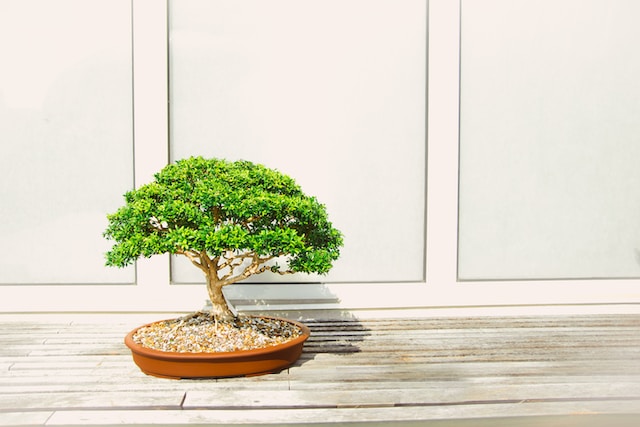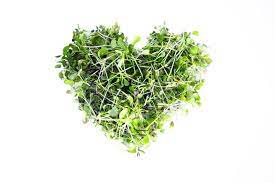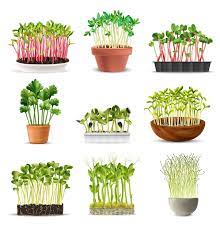Composting is a process of converting kitchen waste and other organic materials into a rich soil conditioner that can benefit your plants and the environment. Here are some steps to make compost from kitchen waste at home:
Step 1: Choose a suitable container for your compost. You can use a plastic bin, a metal drum, a wooden box, or any other container that has a lid and some holes for air circulation.
Step 2: Collect your kitchen waste in a separate container throughout the day. You can compost most of the fruit and vegetable scraps, eggshells, coffee grounds, tea bags, and other biodegradable materials. However, you should avoid adding meat, bones, fish, dairy products, oil, and cooked food as they can attract pests and cause bad smells.
Step 3: Add a layer of dry or brown materials at the bottom of your compost bin. These materials are rich in carbon and help balance the moisture and nitrogen levels in your compost. You can use dried leaves, cardboard, newspaper, straw, sawdust, or wood chips for this purpose. Make sure to shred or crush them into small pieces before adding them to the bin.
Step 4: Add a layer of wet or green materials on top of the brown layer. These materials are rich in nitrogen and provide food for the microorganisms that break down the organic matter. You can use your kitchen waste, grass clippings, garden trimmings, or manure for this purpose. Make sure to chop or cut them into small pieces before adding them to the bin.
Step 5: Sprinkle some water over the layers to moisten them. The moisture level should be like a wrung-out sponge, not too wet or too dry. You can also add some coco peat or compost maker powder to introduce beneficial microorganisms and speed up the decomposition process.
Step 6: Cover the bin with a lid to retain the heat and moisture inside. Place the bin in a sunny spot to increase the temperature and accelerate the composting process. You can also insulate the bin with some straw or cardboard to keep it warm during cold weather.
Step 7: Stir the contents of the bin once every week or two to aerate them and mix the materials evenly. This will help prevent anaerobic conditions and bad odors from developing in your compost. You can use a fork, a shovel, or a compost turner for this purpose.
Step 8: Check the progress of your compost regularly by observing its color, texture, smell, and temperature. Your compost is ready when it looks dark brown, crumbly, earthy-smelling, and cool to touch. This can take anywhere from two months to a year depending on the size of your bin, the type of materials you use, and the frequency of turning.
Step 9: Harvest your compost by sifting it through a mesh screen or a colander to separate the finished product from any uncomposted materials. You can return the uncomposted materials to the bin for further decomposition or use them as mulch for your plants.
Step 10: Use your compost as a soil amendment for your garden beds, pots, or lawns. You can also make compost tea by steeping some compost in water for a few hours and then spraying it on your plants as a natural fertilizer.
I hope this helps you to make your own compost from kitchen waste at home. Composting is a rewarding and eco-friendly activity that can reduce your waste output and improve your soil quality. Happy composting! 😊
how to create Compost at home





Very good Tips
Gardening is the noblest way of saving and caring for our Mother Earth
Very encouraged by Poonam’s passion
Wonderfully done and explained for not-so-knowledgeable candidates like most of us
THANK YOU